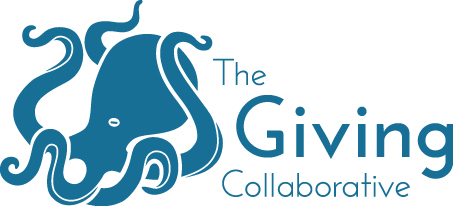
For people who have either grown up or worked with me over the years, know that one clothing accessory for me is a must, and that is a hat. Baseball cap, scully cap, wool cap – it doesn’t matter. I can still hear my Dad say, “Wear a hat, you will catch cold!”
Many of you that manage small shops find yourselves wearing multiple hats too! Just not for fun or comfort. If this is your situation, you are not alone in feeling the stress. Fundraising goals are not shrinking; metrics remain the same, yet, who is planning your (now) virtual event? Who is stewarding your donors? Who is managing your CRM? Who is managing that grant deadline that’s fast approaching? (If you haven’t figured it out yet – It is you!) Things inevitably start to pile up. You spend most of your time putting out fires instead of proactively mapping out your organization’s fundraising success.
So, what can you do?
1. Evaluate your priorities. What is the most significant return on investment on your to-do list? Deciding which tasks will have the most damaging consequences if they are not dealt with is a helpful way to decipher priorities. Use this as a wake-up call on what you consider “priorities” and force yourself to figure out alternate solutions.
2. Work Smarter, not Harder. Take advantage of technology hacks and other ways to automate some of your work. For example, if you manage social media or regularly send emails to your constituents, set up your content in advance and have it automatically post or send. Also, are you a multi-tasker? Multi-tasking is natural when you have a lot on your plate. However, research has shown that the brain is not built for multi-tasking and does not function optimally when working in this way. For optimal performance, it is best to focus solely on one task at a time (back to prioritizing!).
3. Share services and resources. Consider partnering with another organization to share resources that may be breaking your budget or holding you back from hiring even a part-time staff member. Or, if you are part of a system or larger entity, push for the concept of sharing staff members to keep your budget in check. Get creative with what you need.
4. Ask for help when needed. Sometimes, no matter how organized you are or how automated and how many services you share, you still need additional support to fulfill your organization’s mission. Evaluate the return on investment if you do receive that much-needed help. Sometimes presenting data can help you make your case. This leads to…
5. Outsource. It may be cost-prohibitive for your organization to hire an additional FTE to accomplish your goals. But, outsourcing talent on a project basis may make more sense. It is for a limited time, there are no health or retirement benefits to consider, and if you are unsatisfied with the results, it’s straightforward to make a change.
6. Finally, embrace all the new skills you’ve acquired! Never thought you’d learn how to design marketing materials or understand the intricacies of data analytics? Now you have a whole new set of skills that will potentially serve you well in the future!
Don’t forget to bundle up! It can be cold out there!


About The Author: David Garamella
David is an accredited fundraiser with over 25 years of executive and consulting experience in philanthropy. Before forming The Giving Collaborative, he served as Philanthropy Counsel for the 150 affiliated Hospitals of the Planetree Alliance and Chief Development Officer for Griffin Health Services as well as Chief Philanthropy Officer for Rhode Island Hospital, the Academic Medical Center of Brown University. He has a proven record of developing new programs and highly successful fundraising teams for healthcare, higher education, and other not-for-profit organizations.
More posts by David Garamella